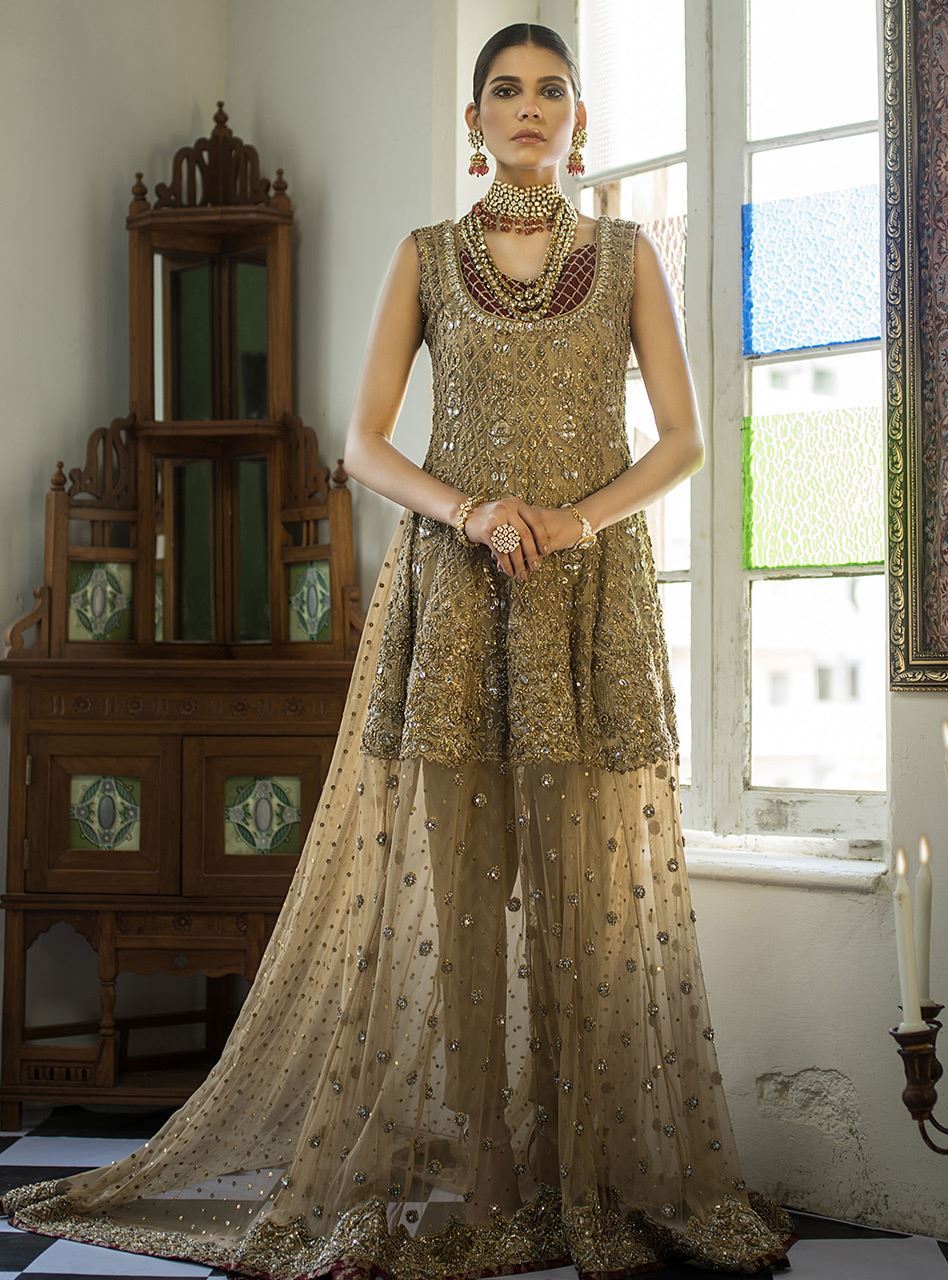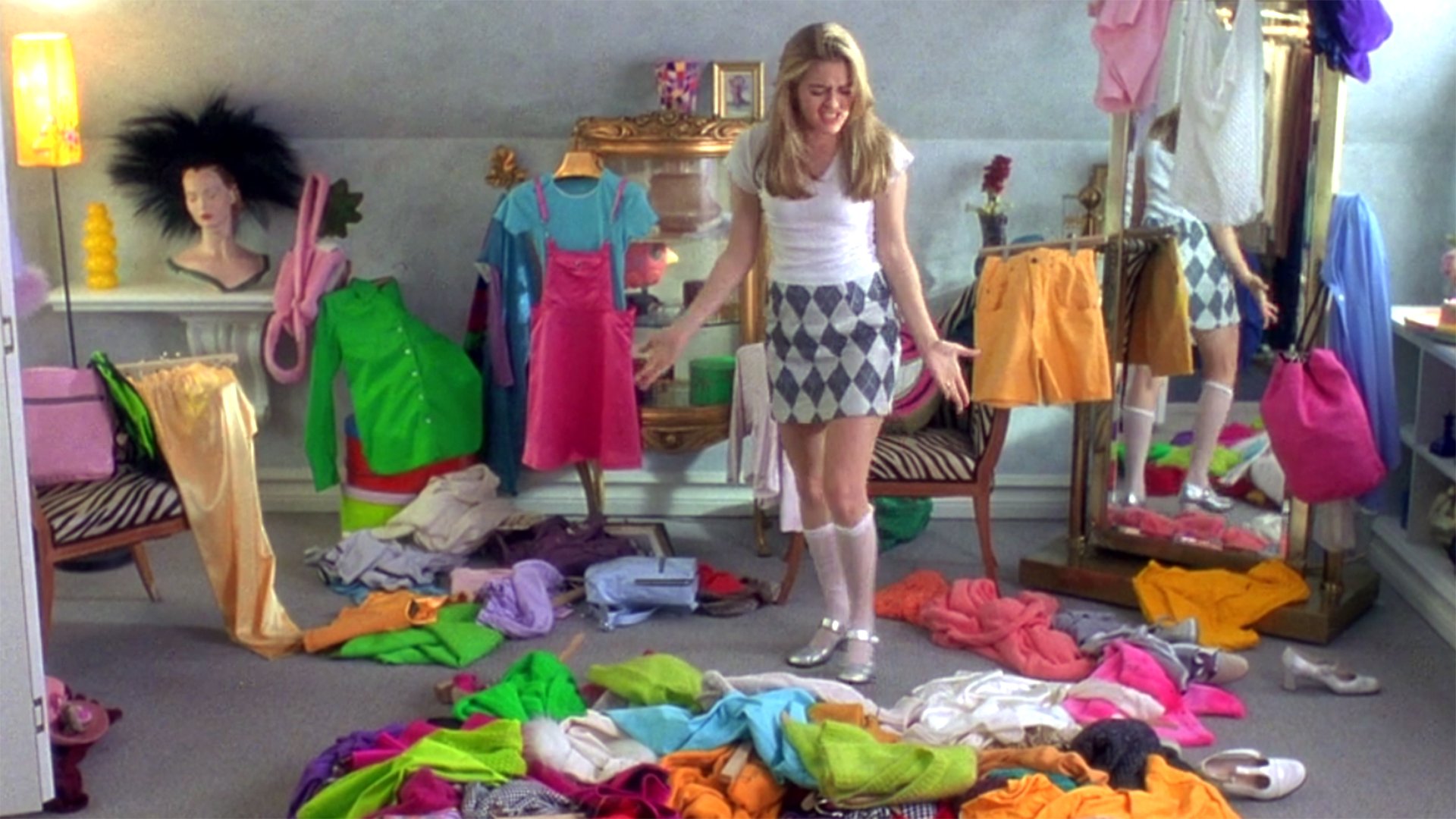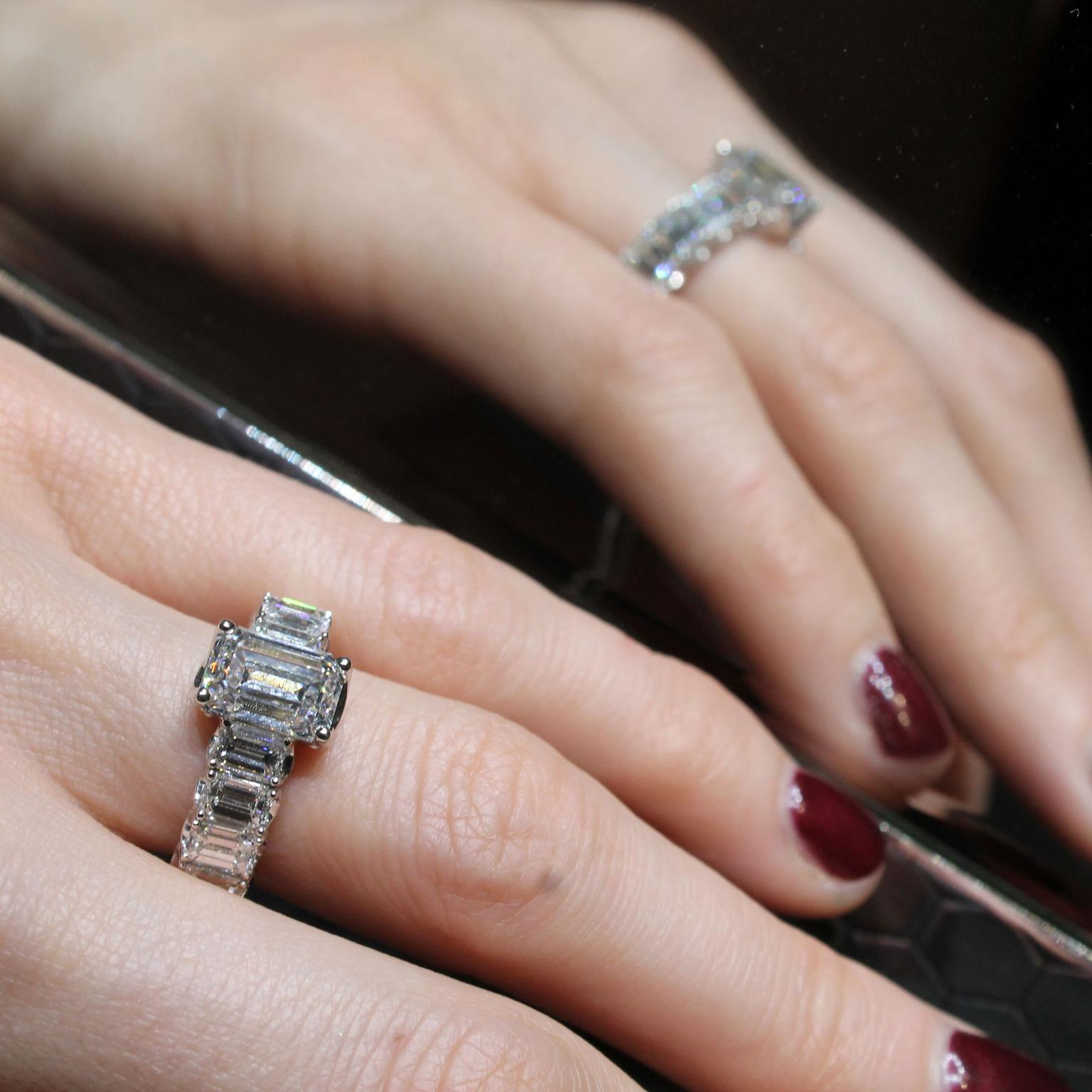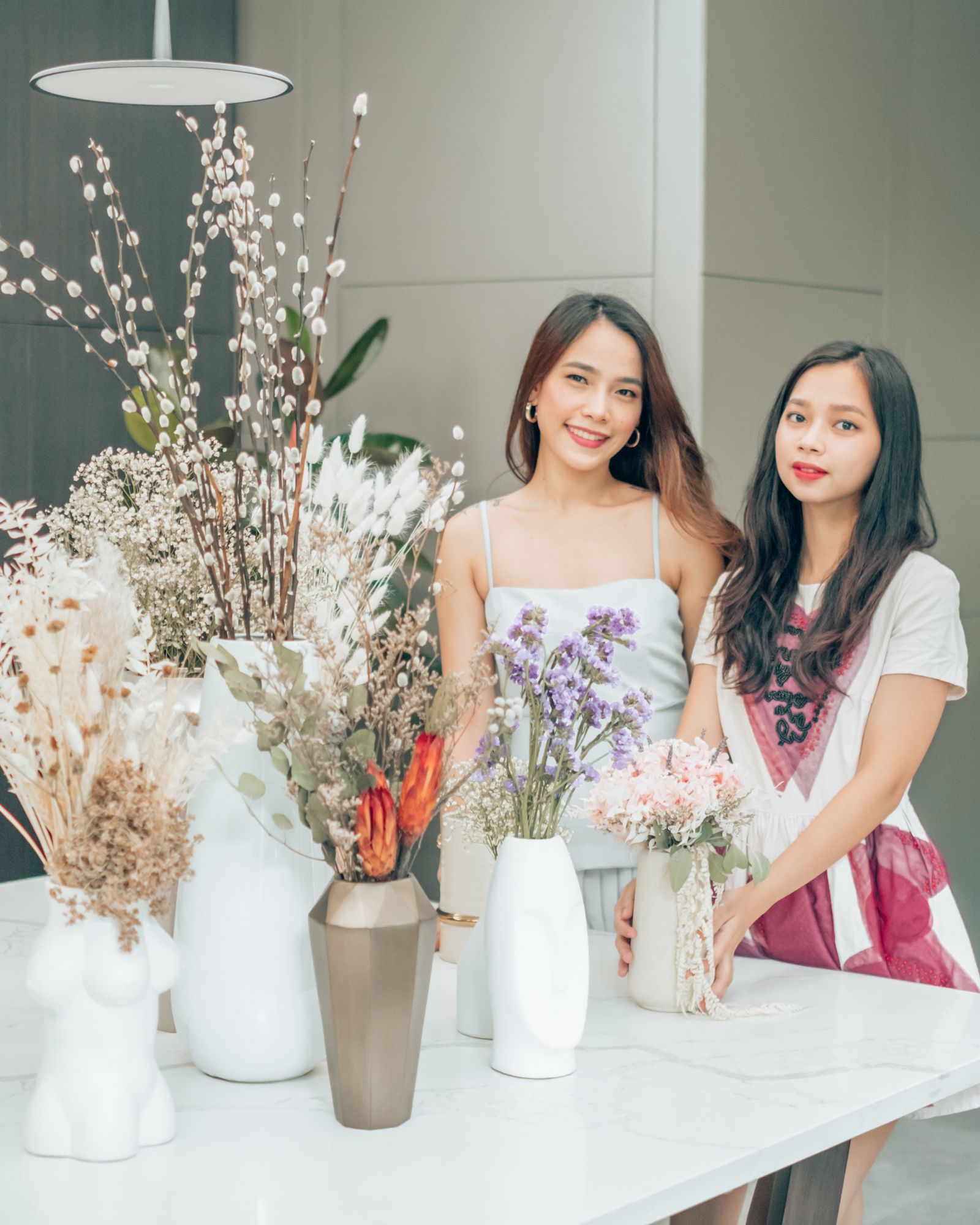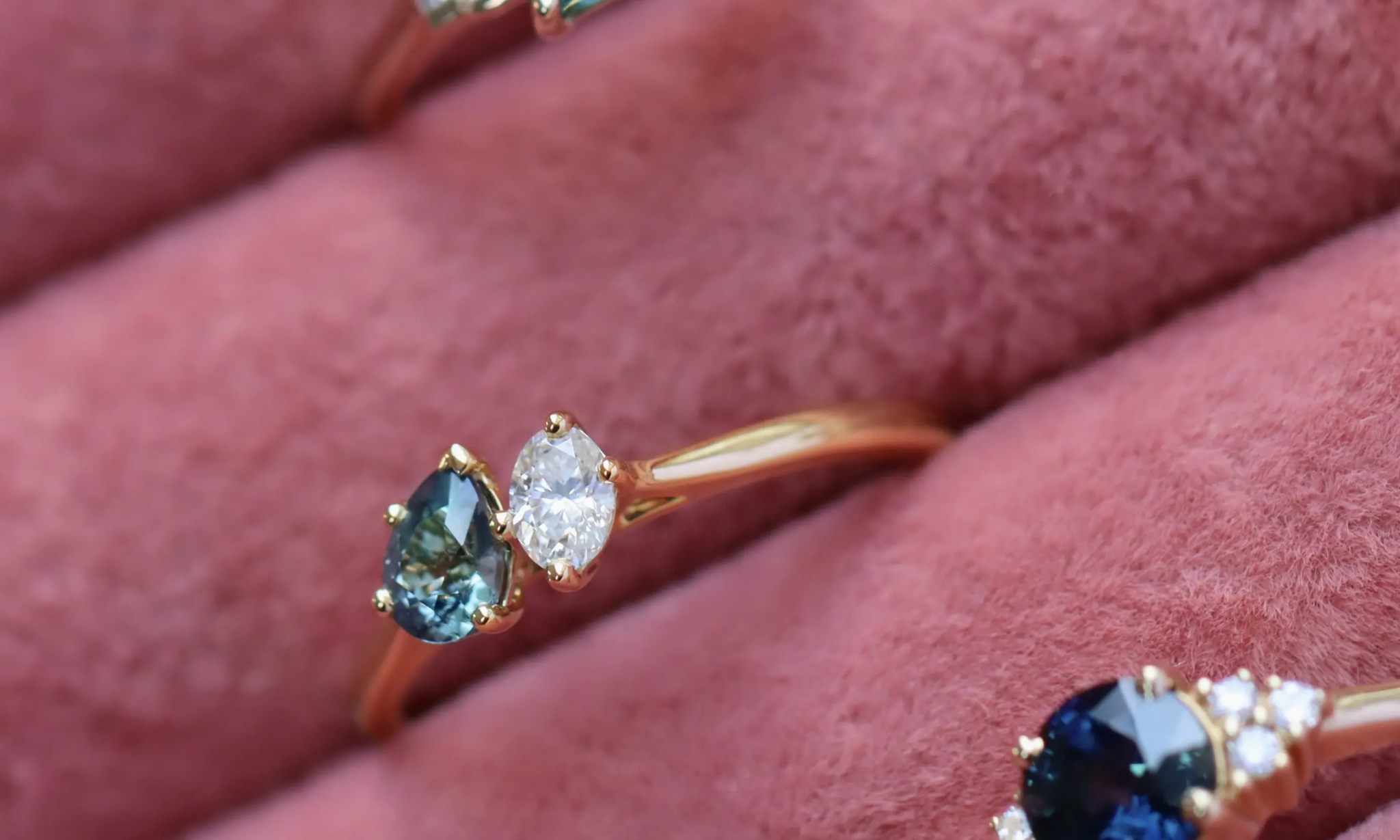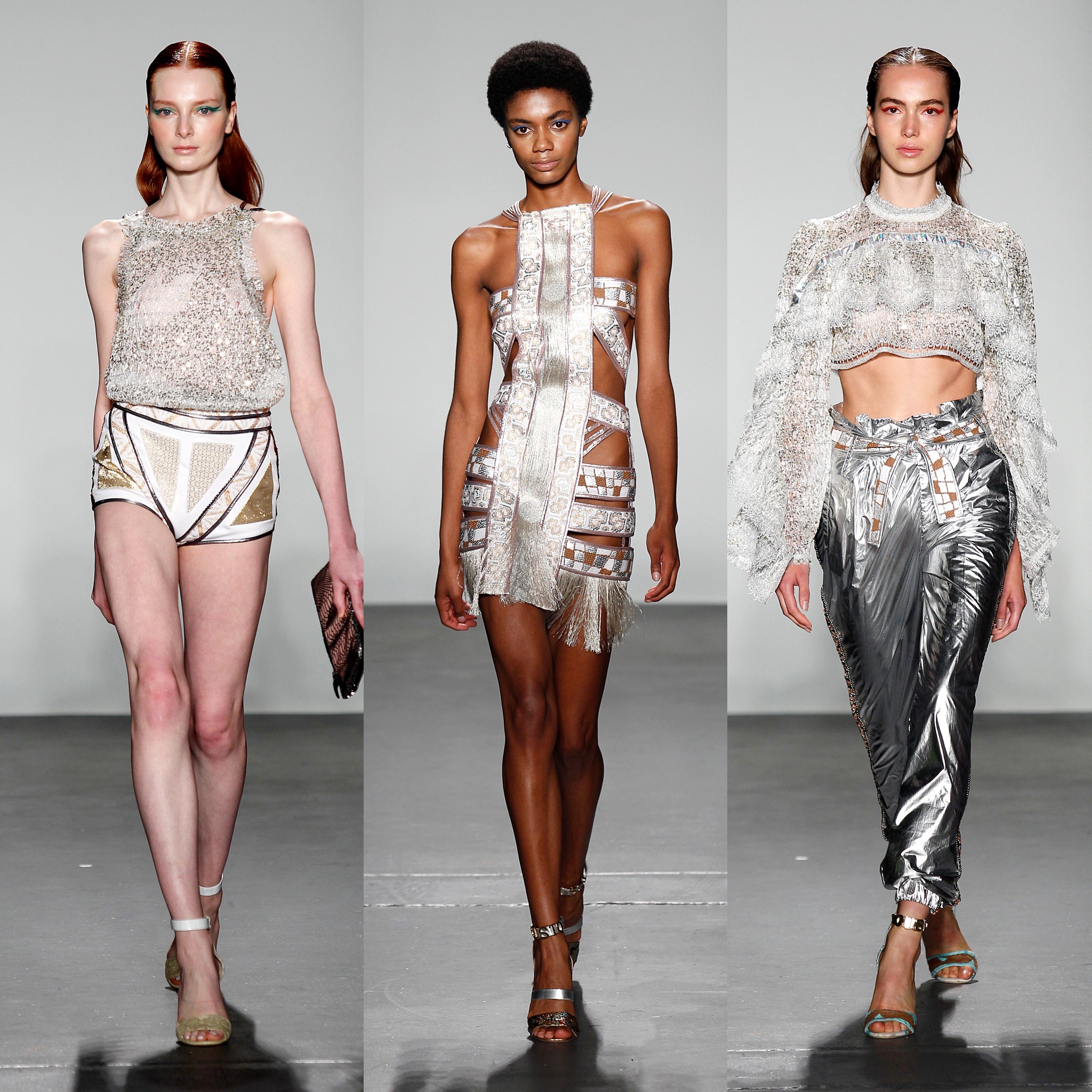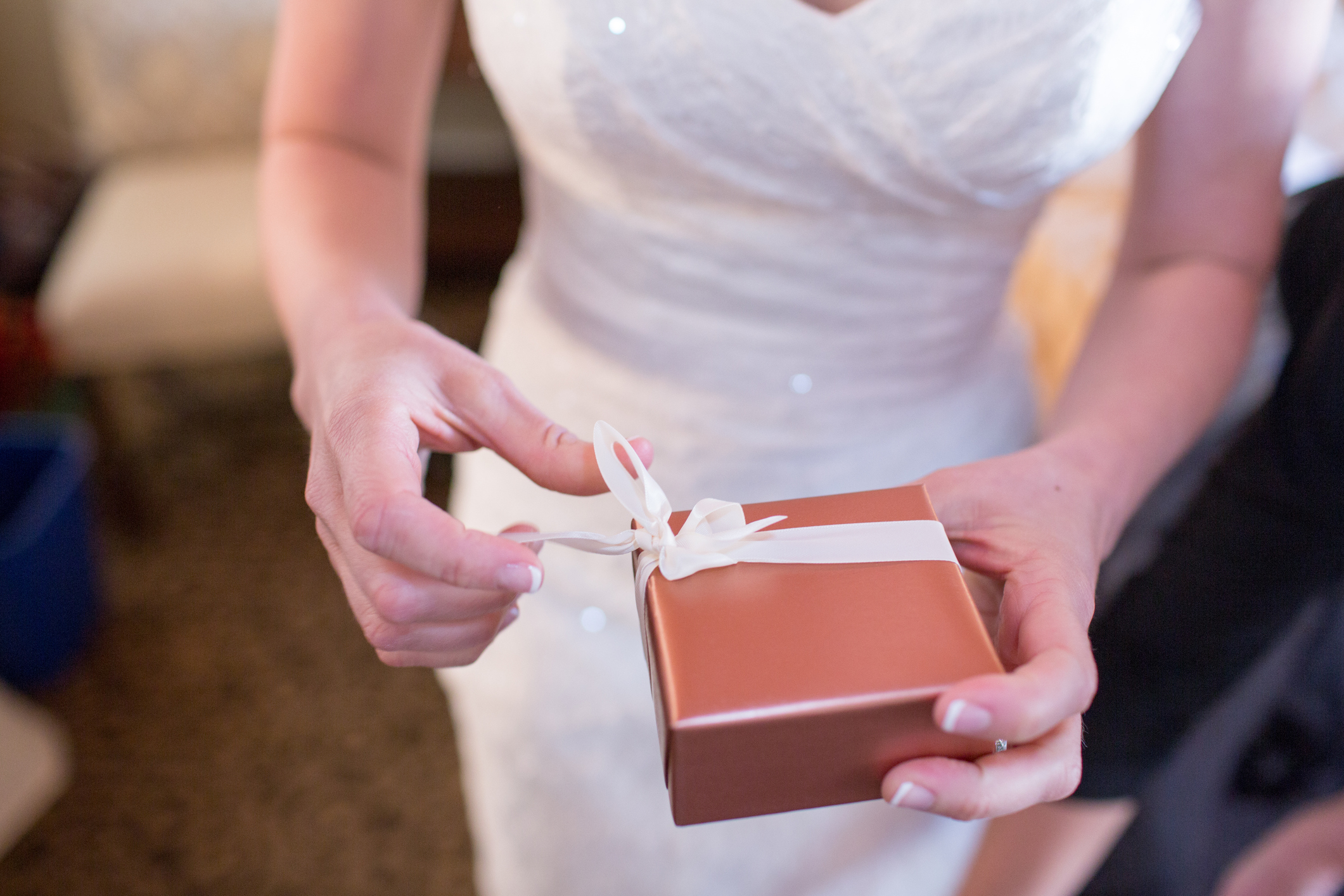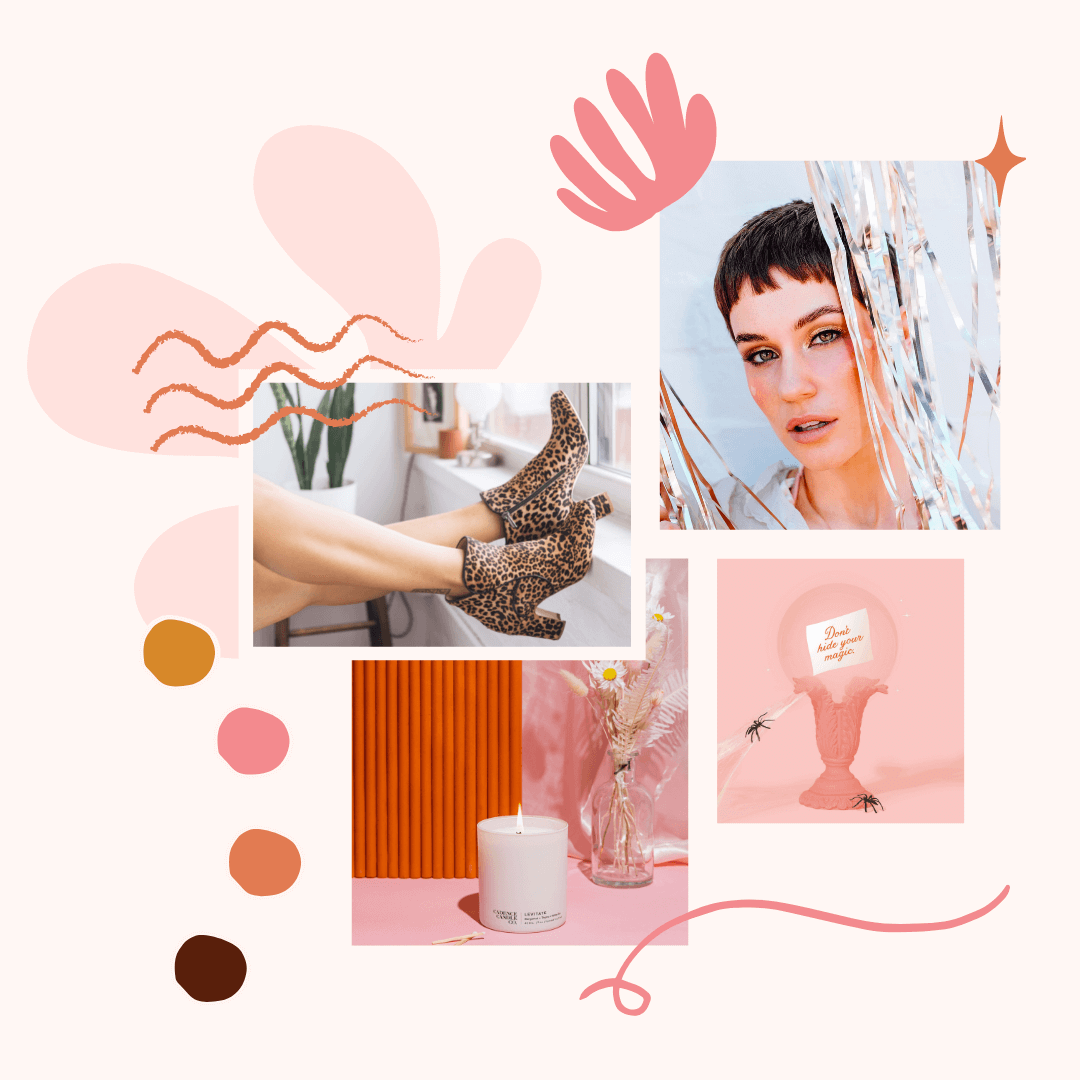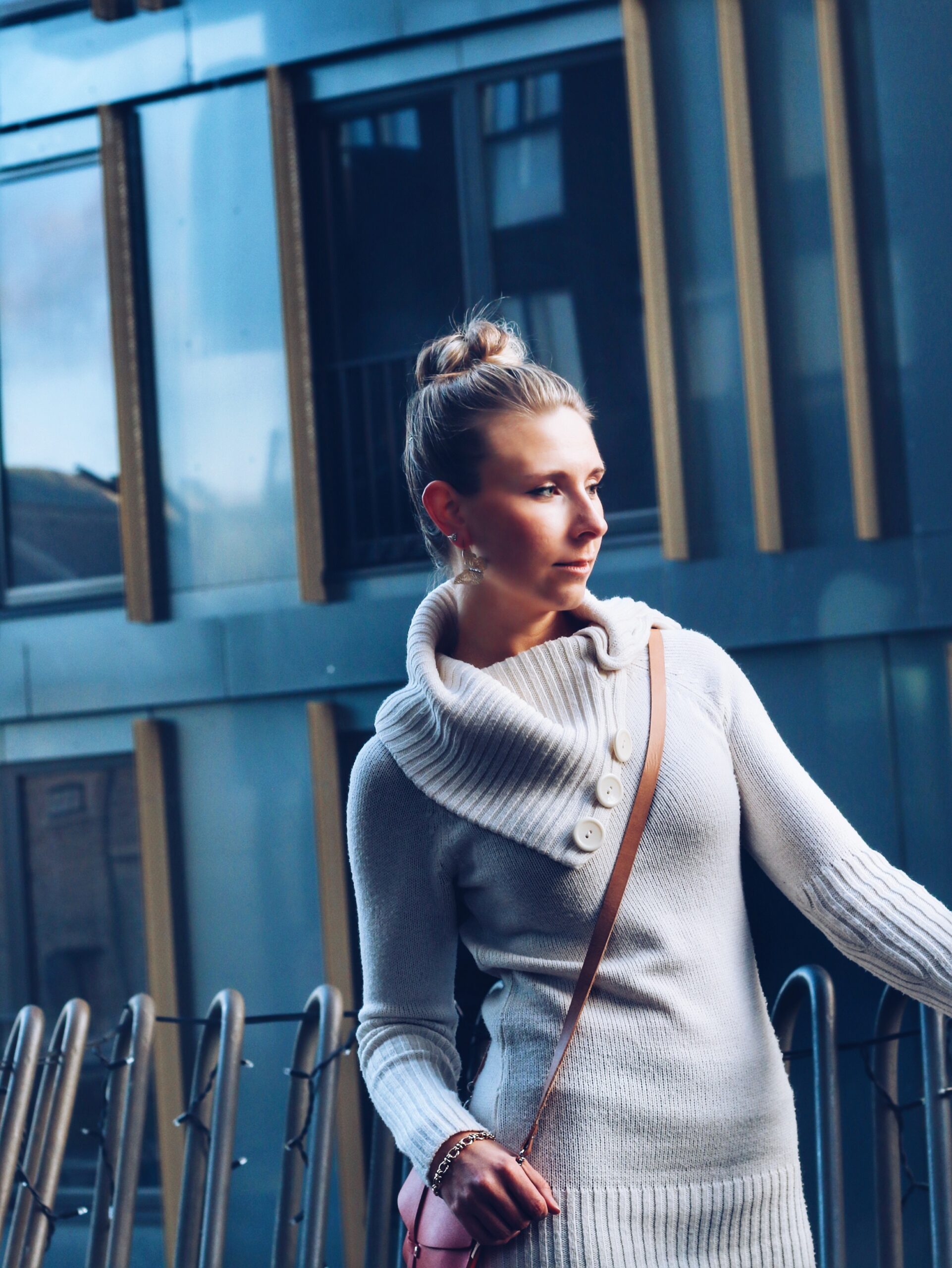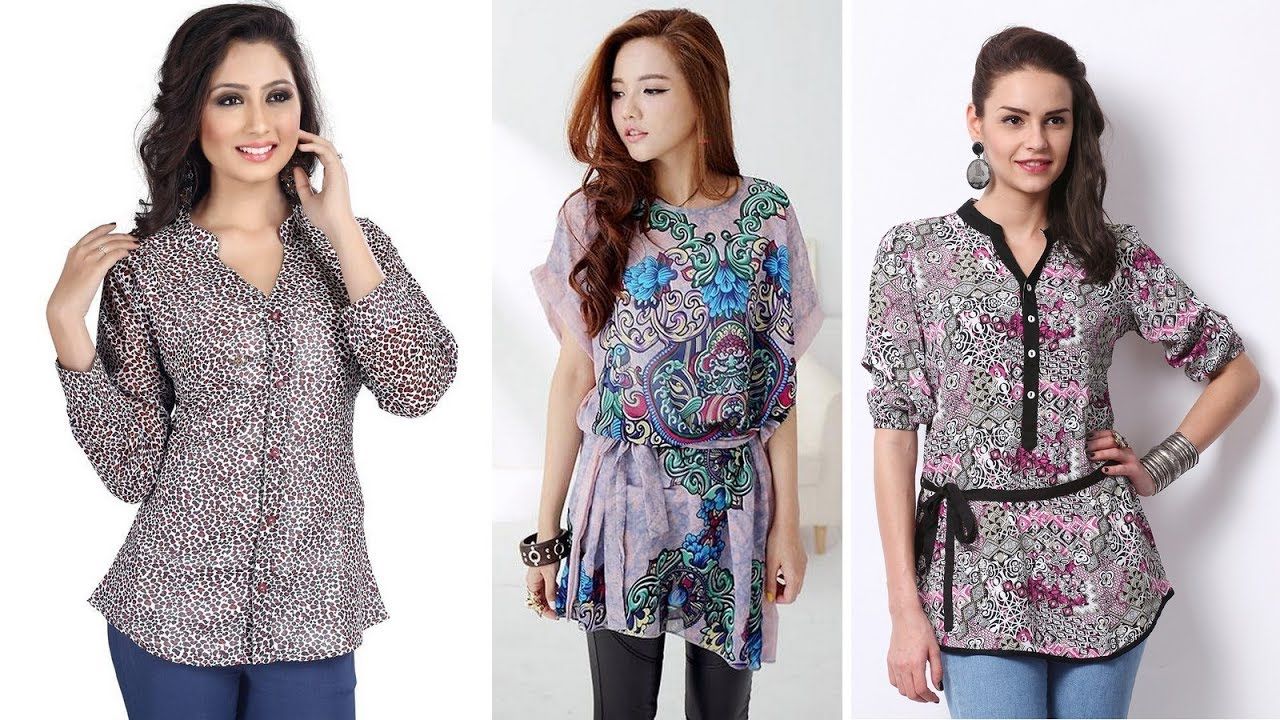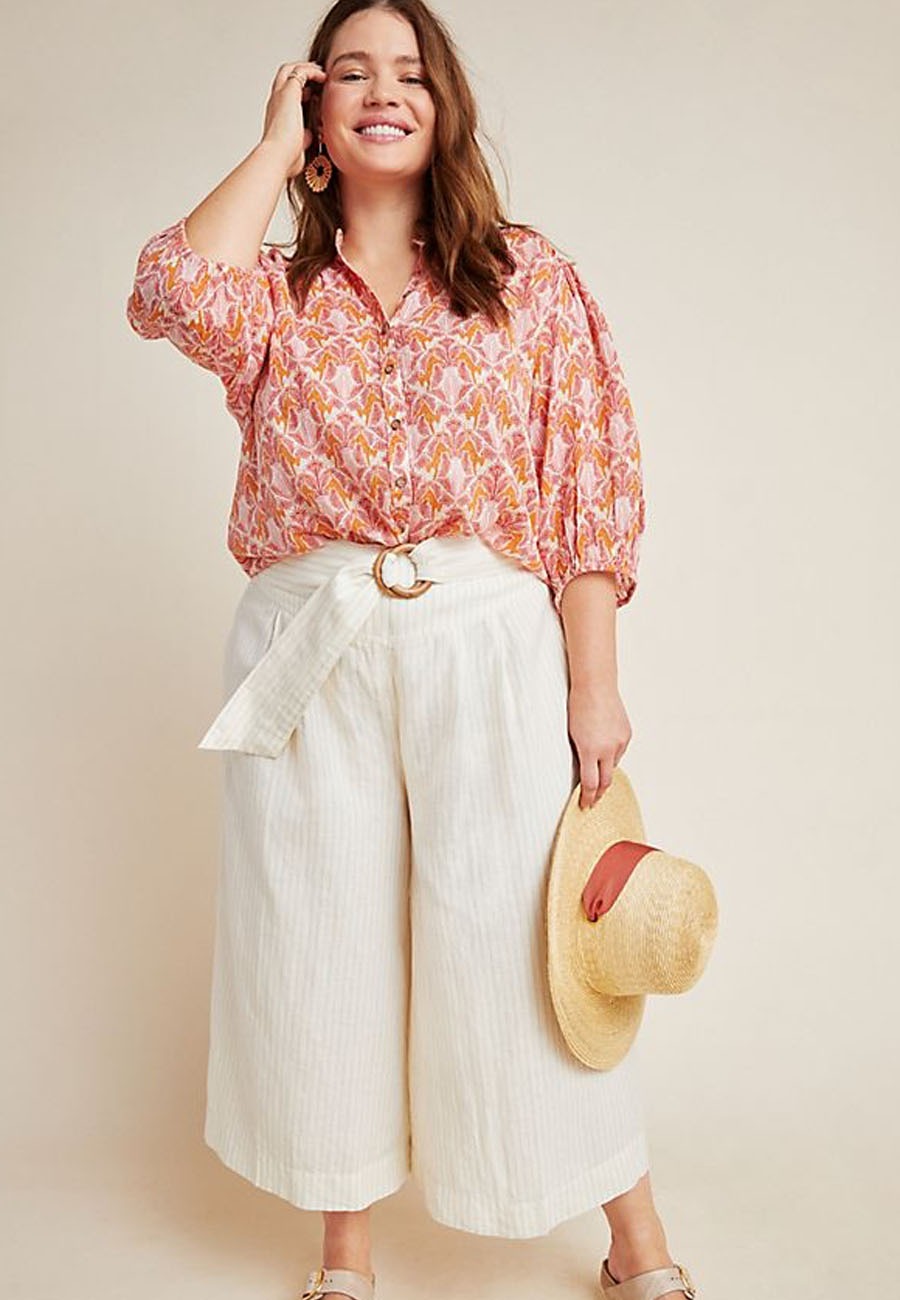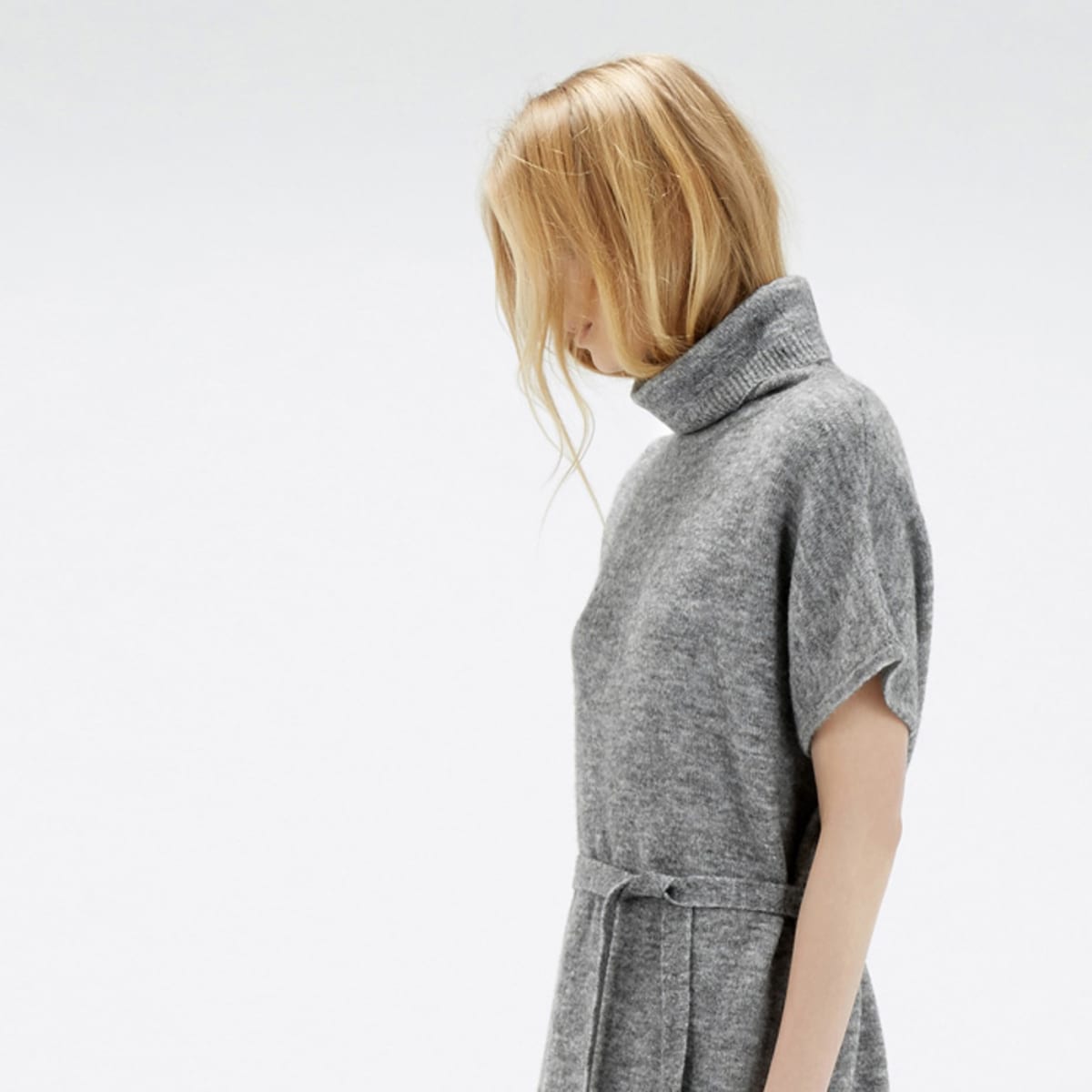Is it really smarter to own a closet full of clothes—or just borrow the good stuff when you need it?
The Closet Conundrum: Ownership vs. Access
Picture this: You’re headed to a big industry gala. The invite says “Avant-Garde Chic.” You panic-scroll through your closet only to find… last year’s trends and a blazer that still has dry-cleaning tags.
What do you do?
Do you:
- Spend $800 on a dress you’ll wear once for the ‘gram?
- Or rent a killer designer look for a fraction of the price and send it back the next day like a fashion secret agent?
Welcome to the modern style debate: renting vs. buying clothes.
Chapter One: The Rise of Clothing Rental Culture
Fashion has always been about reinvention—and now, so is consumption.
Gone are the days when owning equaled status. Thanks to the rise of clothing rental platforms like Rent the Runway, MyWardrobeHQ, and even H&M’s rental experiment, consumers are shifting from “buy-and-hoard” to “wear-and-return.”
Why the shift?
- Access > Ownership: Millennials and Gen Z are prioritizing experiences over stuff. Why commit to one look when you can have a rotating runway?
- Sustainability matters: Renting reduces waste, landfill clutter, and fast-fashion guilt. One rented dress = one less garment in the dump.
- It’s Instagram’s fault (in the best way): Nobody wants to repeat outfits in the social media age—and renting makes freshness easy.
Chapter Two: But What About Buying?
Let’s not write off buying just yet.
There’s something emotionally satisfying about investing in a piece and calling it yours. Think of your favorite leather jacket or that blazer that fits like it was sewn just for your shoulders.
Buying wins when:
- You want longevity and repeat wear.
- You’re building a timeless capsule wardrobe.
- You need consistent sizing and comfort.
And from a fashion marketing perspective, ownership tells a story: brand loyalty, personal style evolution, emotional connection. That’s gold in the age of narrative branding.
A Tale of Two Stylists
Let’s zoom in.
Maya, a fashion stylist in New York, rents constantly. She needs designer pieces for shoots, events, and Instagram reels. “If I bought everything, I’d be broke and bored,” she laughs. “Rental keeps me relevant without cluttering my life.”
Jules, on the other hand, is a fashion buyer. She sees the market shift but holds her ground. “When I buy, I buy forever. My Dries Van Noten coat? Still turns heads after five years. That’s ROI you can’t ignore.”
Same industry. Different vibes.
The Marketing Angle: What Should Brands Do?
If you’re in fashion marketing, this conversation isn’t just about clothes—it’s about business strategy.
💡 Rental services open up new revenue streams. Subscription models, one-off rentals, B2B wardrobe partnerships—these are no longer fringe ideas.
💡 Brands can go hybrid. Retailers like Banana Republic and Urban Outfitters now offer rental + retail models. That’s meeting the consumer where they are—flexible, curious, and eco-conscious.
💡 Data goldmine. Clothing rental provides rich usage data: What’s popular? What’s returned? What’s styled multiple ways? This insight can fuel smarter production and personalized marketing.
When Renting Makes Sense (And When It Doesn’t)
Rent it when:
- You need a one-time showstopper.
- You’re experimenting with trends.
- You’re traveling and want light luggage (yes, rental hubs exist globally).
- You’re focused on sustainable fashion.
Buy it when:
- It’s a staple.
- You’ll wear it 20+ times.
- Fit and feel matter deeply.
- You want resale or long-term value.
The Verdict: It’s Not a War, It’s a Wardrobe Strategy
So which wins—renting or buying clothes?
Honestly? Neither.
Or rather—both win, when used smartly.
The future of fashion isn’t binary. It’s hybrid. It’s about choice, context, and consciousness. Whether you’re a label-loving maximalist or a minimalist capsule curator, your closet can now do both: flex on the ‘gram and serve IRL.
Final Thread: What This Means for You
If you’re a fashion marketer, here’s the real takeaway: this trend isn’t about changing clothes—it’s about changing mindsets.
Tap into that. Tell stories about versatility. Sell the why of a piece, not just the fabric. Show how your brand fits into a consumer’s flexible, fashion-forward life—whether they’re clicking “buy” or “borrow.”
In the end, it’s not just a closet revolution.
It’s a cultural one.
What about you? Would you rent your next outfit—or invest in it? Let’s talk.

